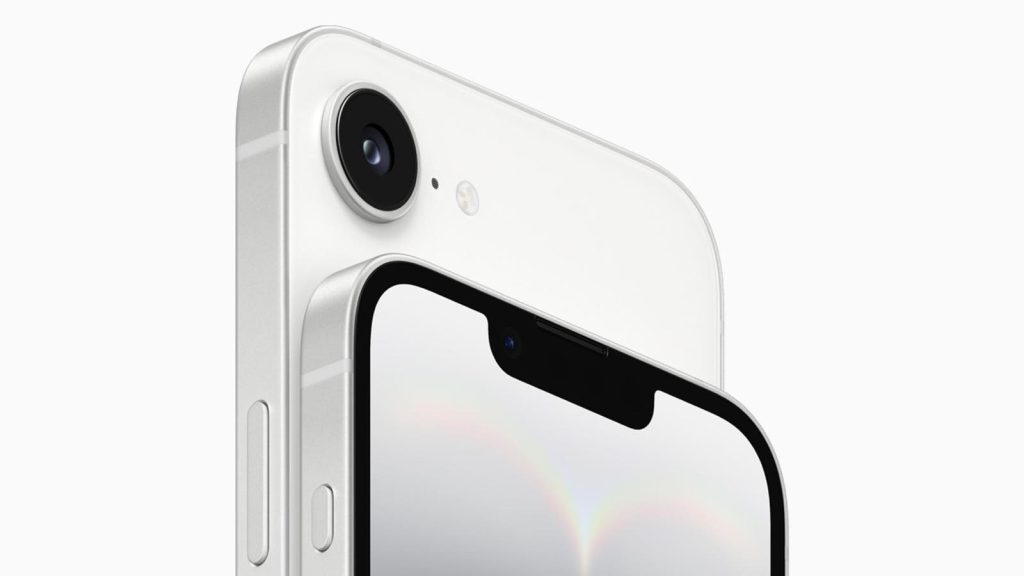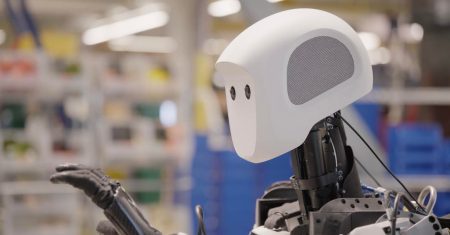With today’s launch of the iPhone 16e, Apple closes the door on one of its most recognisable brands. As many in the community look at the 16e and wonder, “Hasn’t that iPhone SE let itself go?” Apple is hard at work promoting a new smartphone in a way that only Apple can.
I find myself with one over-arching thought: the iPhone 16e is being measured against other iPhones rather than the broader market. Within its press release, Tim Cook and his team are literally comparing Apples to Apples.
Selling To The iPhone 16e Community
There is some logic to that decision. If consumers are already part of Apple’s ecosystem—be it through music subscriptions, purchased apps, or data on Apple’s cloud-based servers— the bar is high if they want to switch away to Android. While not a captive audience, it’s certainly one with a significant attachment. Selling them another iPhone, a newer and better iPhone, either for themselves or for them to help introduce a family or friends into their world (which is Apple’s world) will be one of the key roles the iPhone 16e plays.
It works the other way as well; the Android ecosystem has just as much lock-in, but on that side there are multiple manufacturers constantly iterating and improving the platform so there is less of a single dominant viewpoint that must be accepted. How the iPhone 16e addresses them is for another time. For now, Apple’s focus is on selling to the converted.
The iPhone 16e Battery
If there’s one area where the iPhone SE always fell short, it is the size and endurance of the battery. Going back to 2016’s original, the first iPhone SE barely made it to the end of the working day without a top-up. It was a compromise many were happy to make for the fashionable smaller iPhone. Nine years later, all-day battery life is the bare minimum for even a mid-range phone.
Thankfully, “iPhone 16e has the best battery life ever on a 6.1-inch iPhone, lasting up to six hours longer than iPhone 11.” There’s a nice sleight of hand here that glosses over how much the battery life is improved over the iPhone 16. Instead, the numerical comparison goes to a smartphone that is six years old. I would expect a significantly better life for the battery over that timescale.
The iPhone 16e Modem
Part of that extended battery life comes from the tighter integration between software and hardware. Apple only needs to code iOS to work with the iPhone so it can hard code for its own Axx processors, and conversely, the Axx hardware can be designed with silicon specifically for iOS to access.
The same is now true of the modem. Previously, Apple was locked into using Qualcomm hardware. The iPhone 16e will be Apple’s first homegrown modem running Apple Silicon. The C-series of modems will play an increasingly important role in Apple’s hardware; for now, it’s vital that Apple emphasise the C1 modem’s difference.
How is it doing that? By pointing out that the C1 is “the most power-efficient modem ever on an iPhone, delivering fast and reliable 5G cellular connectivity.” The comparison here is again restricted to the iPhone, with the natural advantages of an Apple modem designed for one single phone rather than Qualcomm’s universal modem with its extra compatibility on a per-manufacturer basis. Given that, I would expect it to be more power-efficient. But how much more power efficient?
The iPhone 16e Silicon
Apple is also taking the time to reiterate the advantages of its silicon in the A18 chipset and its performance benefits. It shouldn’t come as a surprise that the benchmark is not the A17-powered handsets launched in 2023 but back once more to the older iPhone 11 model and the A13 Bionic chipset.
“iPhone 16e is powered by Apple’s latest-generation A18 chip… The 6-core CPU is up to 80 percent faster than the A13 Bionic chip on iPhone 11.. the 16-core Neural Engine is optimized for large generative models and runs machine learning (ML) models up to 6x faster than A13 Bionic.”
The iPhone 16e Comparison
I’m still trying to work out why Apple has decided that the iPhone 11 is the best comparison for the iPhone 16e. 2022’s iPhone SE feels like the obvious choice, but there’s an argument that Apple wants to make a clean break between the SE and the e. The last SE was built around the iPhone 13, so there’s a stronger argument that consumers would be best served with that comparison. Going back nearly six years to the iPhone 11 allows the marketing to post some significant figures to show how advanced the iPhone 16e is.
Once the iPhone 16e goes on general sale on February 28, it will be possible to benchmark the new hardware against the Android-powered competition. Until then, we have Apple’s press release on how the iPhone 16e joins the rest of the iPhone 16 family.
To paraphrase a great man, “Apple will give it to you straight, like an apple cider that’s made from 100 percent apples.”
Now read how the iPhone 16e (née SE) can change the smartphone world…
Read the full article here










